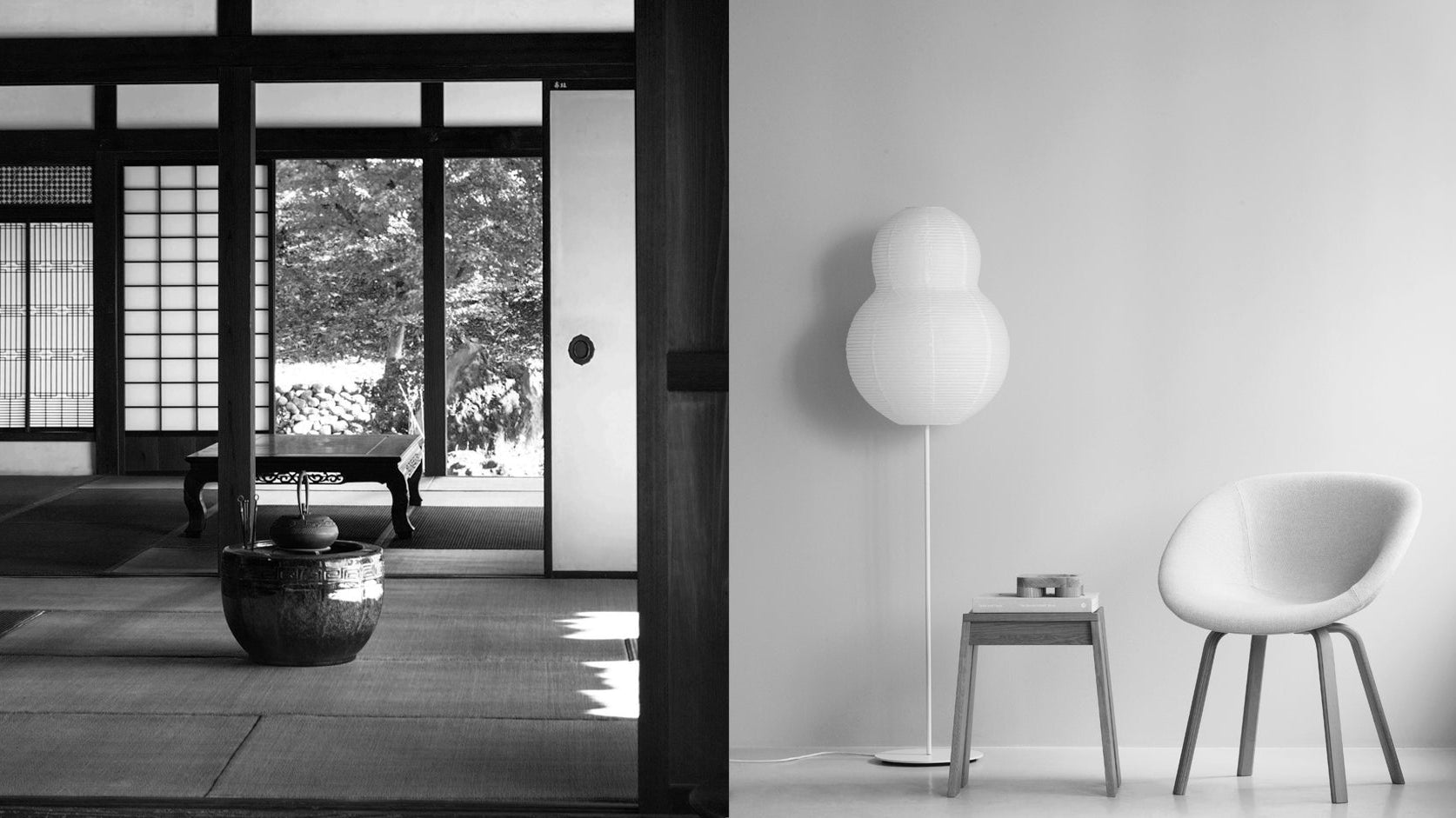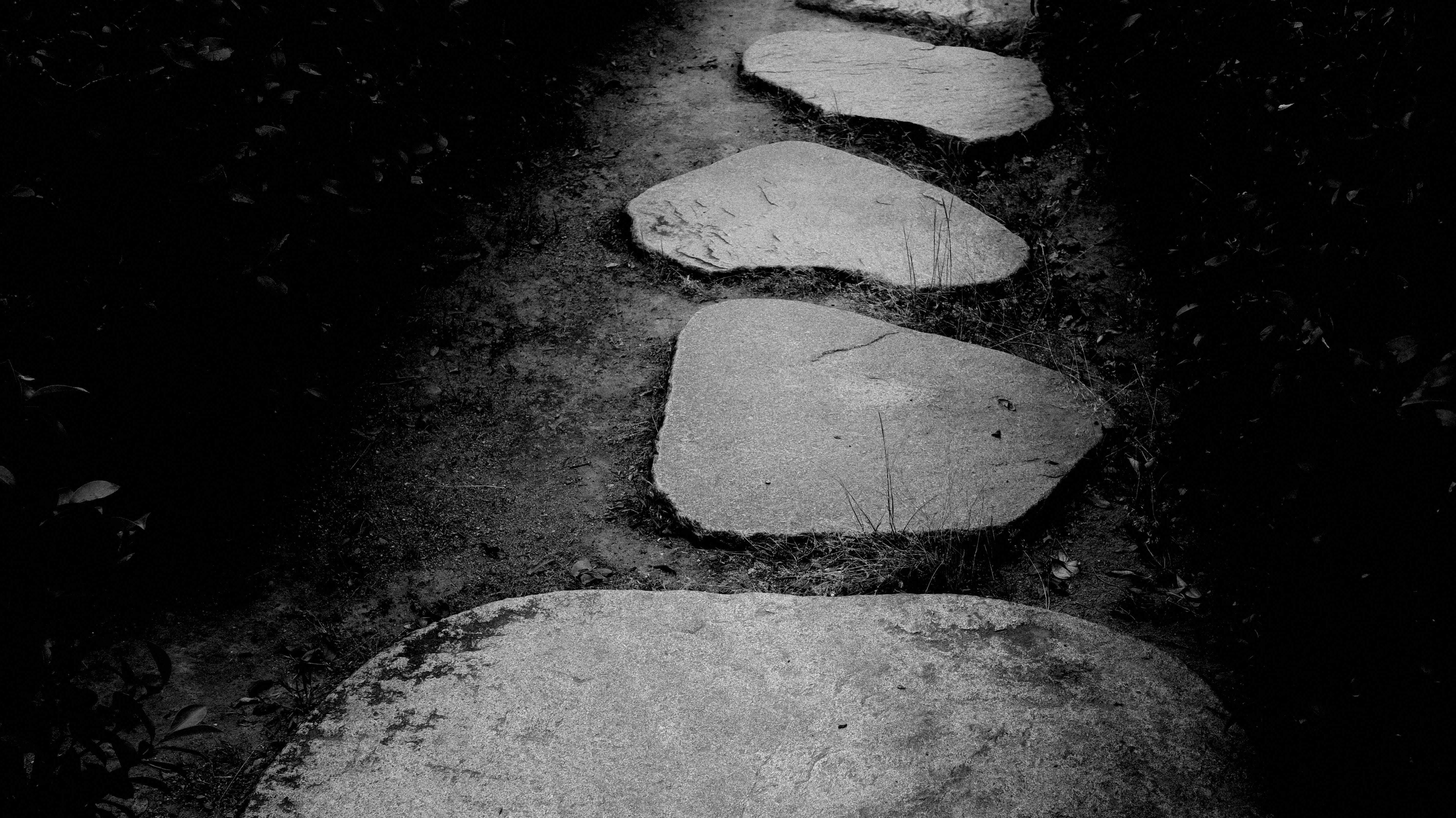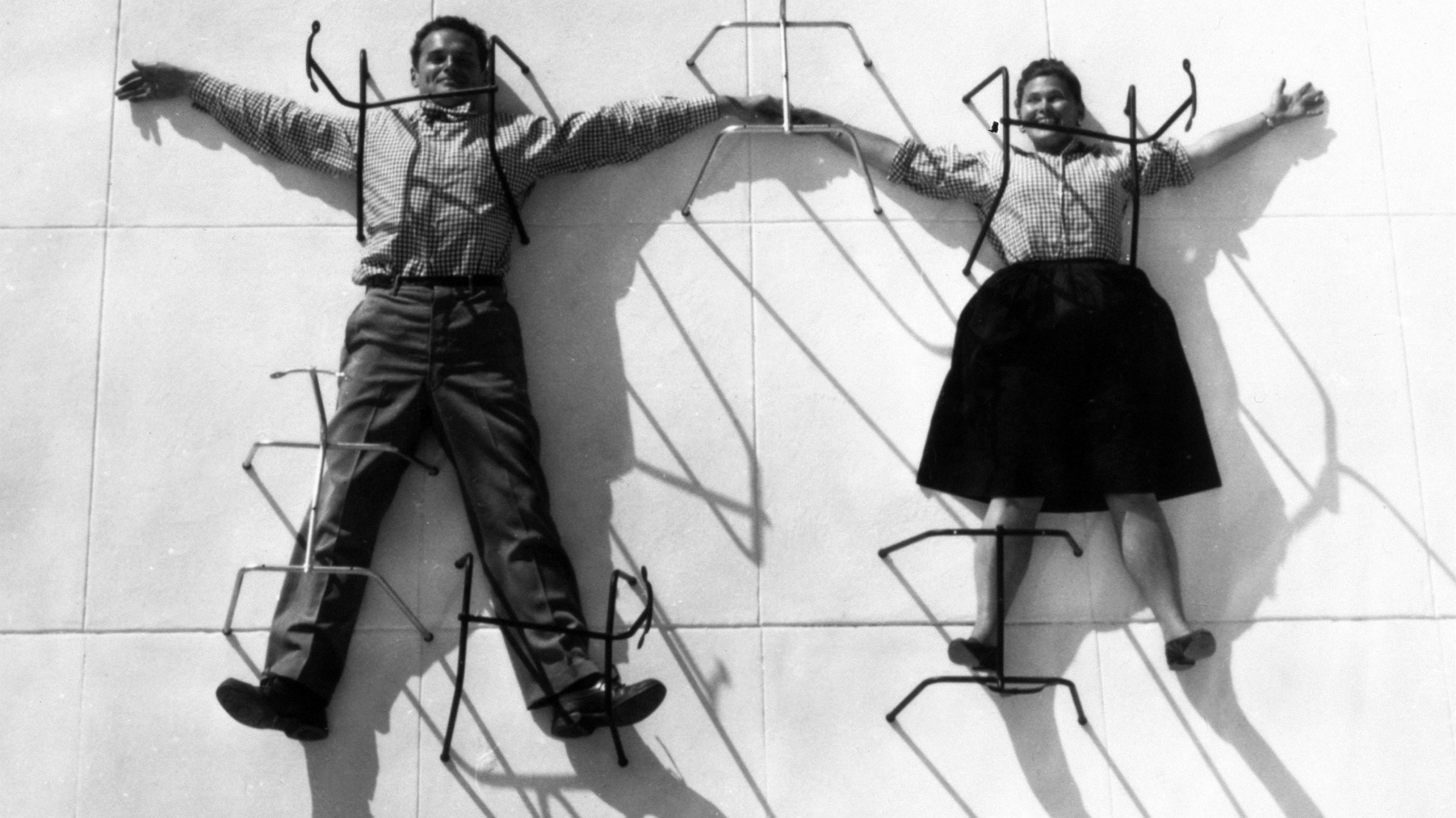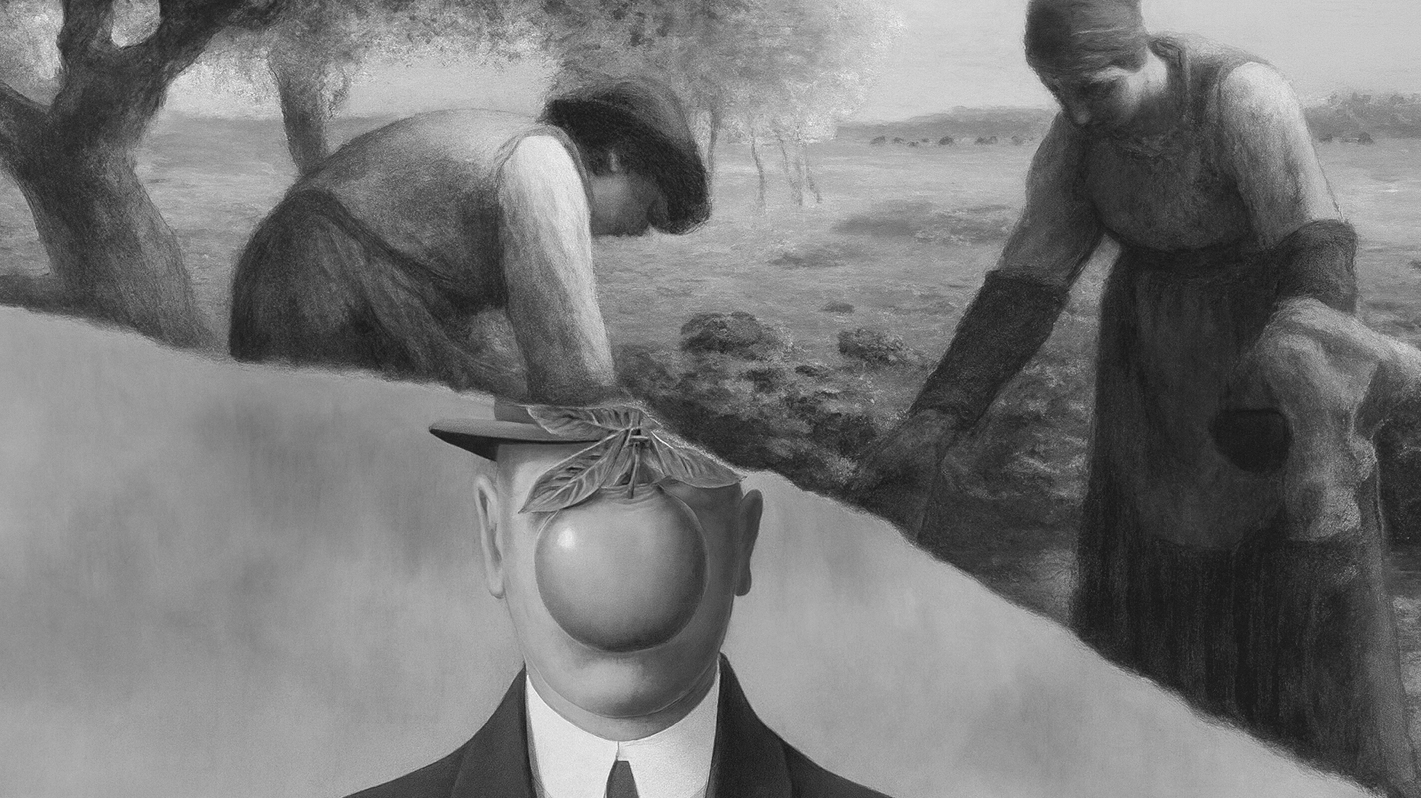Every day, something new appears and replaces what came before, and in that constant rush we often overlook the quiet beauty that comes with age.
A faded tabletop, a tarnished cup, a weathered door, each shaped by years of touch and use. These marks are more than signs of wear. They show that something has been held, cared for, and woven into daily life.
This is the art of patina, the natural transformation that gives materials depth and character. It is the moment when time becomes the artist and beauty emerges through gradual change.
Understanding Patina and the Quiet Beauty of Aging Materials
Patina is the subtle change that appears on the surface of materials as they age. It is a transformation that becomes more beautiful through time and use, giving objects depth, warmth, and character.
We often notice patina on metal, such as bronze turning green or silver gradually darkening. But it also appears in many other materials. Leather grows softer and richer in color, wood develops a warm tone and gentle sheen, and ceramic glaze forms delicate crackle patterns that reveal how it has responded to fire and air.
Each of these changes tells a story of how something has lived in the world. Patina records touch, weather, use, and the slow passage of time.
In Japan, this appreciation for aging is closely related to the idea of sabi(寂), the quiet beauty that emerges through time, wear, and life’s subtle traces. It appears in the soft fading of ink on an old scroll or the muted surface of a tea bowl used for generations.
Shino ware(志野焼) is a good example of this sensibility. Known for its milky white surface created by a thick feldspathic glaze, Shino pottery carries blurred patterns formed by the glaze’s depth, faint warm tones from the flames, and the fine crackle lines that appear naturally as it cools. These qualities cannot be fully controlled by the maker. They emerge through a dialogue with fire, clay, and time. The beauty of Shino ware lies in this quiet unpredictability shaped by nature itself.
The Japanese term keinen henka(経年変化) also describes the natural changes materials undergo through years of exposure and use. Many people associate these changes with deterioration, imagining that materials simply fade or weaken. Yet when we look at traditional houses or centuries-old temples, we see something different. Wooden pillars and floors passed down through generations soften at the edges, gain a gentle sheen from touch, and deepen in color. Small dents, scratches, and worn areas hold memories and reflect the presence of the people who lived there.

Photo by sho eda on Unsplash
All materials transform as time passes. Without care, they may decay. With care, they evolve beautifully and can be appreciated for many years.
Both sabi(寂) and keinen henka(経年変化) remind us that beauty does not disappear with time. It deepens. What continues to grow in beauty is often what we value most.
This understanding is not limited to Japan. In many Western traditions, we find the same appreciation. Weathered stone, antique furniture touched by generations, the worn steps of cathedrals, and frescoes with fading pigments all carry the quiet gravity of time. Their surfaces reveal a presence that cannot be replicated by new materials.
Across cultures, the marks of time are not seen as flaws but as signs of authenticity, proof that something has lived, endured, and still holds meaning.
While each culture expresses the idea differently, they share a similar understanding. Beauty is not fixed. It changes, softens, and deepens with time. What endures is not perfection but presence, the quiet sense that something, or someone, has truly lived.
Where Time Becomes the Artist
Time is not only a witness to beauty. It shapes beauty in quiet and gradual ways. It softens colors, wears down surfaces, and reveals what lies beneath.
When something is new, its beauty can feel distant and almost untouched. As time passes, it begins to reflect the life around it. Sunlight, subtle chemical changes, and the daily touch of hands and feet slowly transform materials. These traces become signs of connection.
The changes happen so slowly that we hardly notice them, yet when we discover a mark or a faded tone, it gently reminds us of the passage of time and the layers of history that have settled there.
Beauty shaped by time carries a sense of honesty. It does not hide what it has endured. It shows how change can reveal character, warmth, and soul.
In traditional crafts, makers choose natural materials such as wood, metal, clay, and leather because they allow time to participate in the creation. The more these materials are used, the more beautiful they become. Every layer of wear adds another tone, another memory, another story.

Photo by Aedrian Salazar on Unsplash
This idea also appears in Scandinavian design, where the aging of materials connects sustainability, craftsmanship, and the human experience within the home. It values materials that improve through use, rather than deteriorate. Homes welcome light, allowing wood to shift in color and stone to grow warmer as years pass. Designers believe that materials should age naturally and that living spaces should evolve with life.
By appreciating the way an object ages, this philosophy encourages us to invest in durable, well-made goods that last for generations and to question a culture of fast consumption and waste.
Time does not simply age things. It gives meaning to form. In this way, time itself becomes the artist. A material that can age beautifully is not resisting time. It grows with it.
The beauty shaped by time does not live only in objects. It also lives in us, in the feelings and memories that time leaves behind.
When we hold an old object, we touch every moment that shaped it, the warmth of hands, the rhythm of daily life, the quiet passage of years. A faded cup, a creased page, a table worn smooth by use, these are more than things. They are vessels of memory. Each carries the invisible weight of presence.
Emotion settles into objects just as color settles into metal or wood. The more we live with them, the more deeply they connect to us. The softness of fabric shaped by our touch, the scent of a book opened countless times, the sound of a familiar floorboard beneath our steps, these small details remind us that beauty is inseparable from memory.
Time does not simply pass. It gathers. It deepens everything it touches. Through that accumulation, beauty gains warmth, tenderness, and soul.
Read More Design Articles:
• Negative Space in Art, Design, and Photography: Definition, Meaning, and Examples
• Ma: The Japanese Aesthetic of Negative Space and Time
• 7 Japanese Zen Aesthetic Principles That Define Wabi Sabi
• The Secret Meaning Behind Japanese Summer Colors






